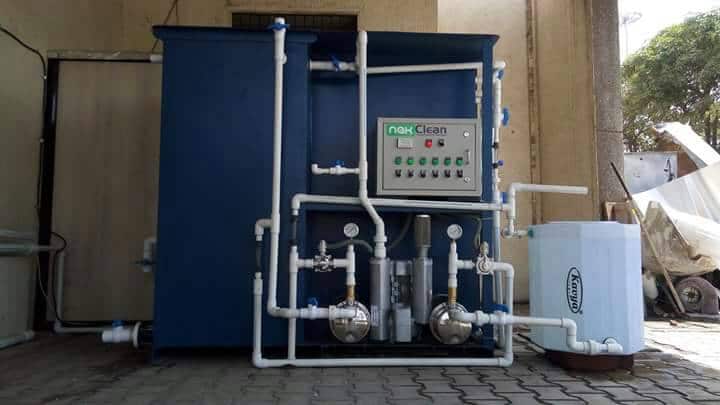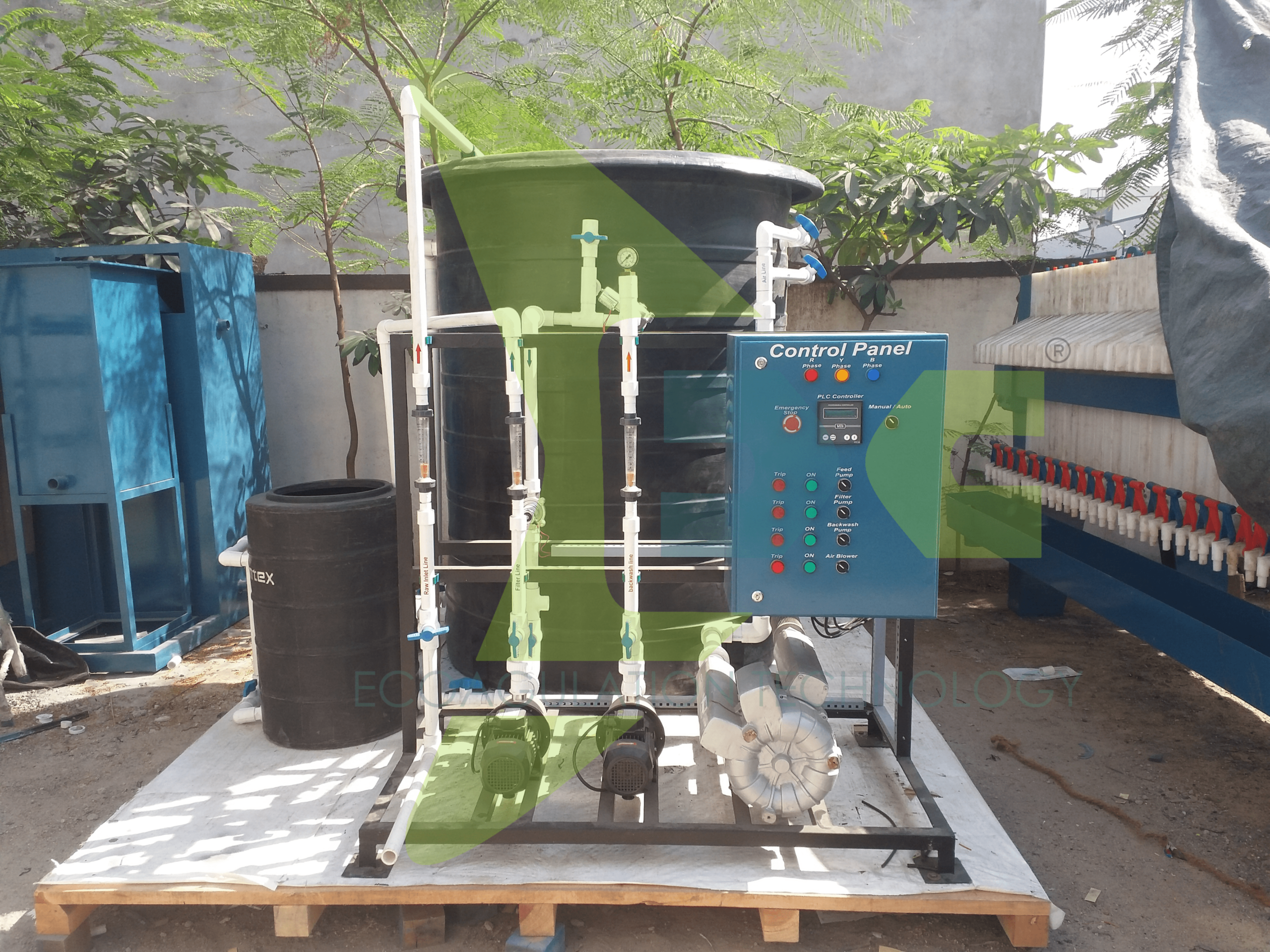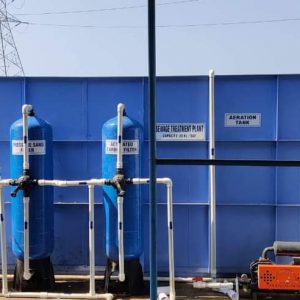Membrane Bioreactor Technology (MBR)
Membrane bioreactors for wastewater treatment is a combination of a suspended growth biological treatment method, usually activated sludge, with membrane filtration equipment, typically low-pressure microfiltration (MF) or ultrafiltration (UF) membranes. The membranes are used to perform the critical solid-liquid separation function. In activated sludge facilities, this is traditionally accomplished using secondary and tertiary clarifiers along with tertiary filtration. The two general types of MBR systems are vacuum (or gravity-driven) and pressure-driven systems. Vacuum or gravity systems are immersed and normally employ hollow fiber or flat sheet membranes installed in either the bioreactors or a subsequent membrane tank.
Description
An “MBR System” is considered to be a complete and integrated membrane unit (sub-systems) with related components necessary to allow the process to function as desired. An MBR system is often comprised of ten or eleven sub-systems and includes fine screening (headworks), the Membrane Zone and, in most cases, some type of post-disinfection process.
An MBR, or Membrane Zone, can best be described as the initial step in a biological process where microbes are used to degrade pollutants that are then filtered by a series of submerged membranes (or membrane elements). The individual membranes are housed in units known as modules, cassettes, or racks and a combined series of these modules are referred to as a working membrane unit. Air is introduced through integral diffusers to continually scour membrane surfaces during filtration, facilitate mixing and in some cases, to contribute oxygen to the biological process.









